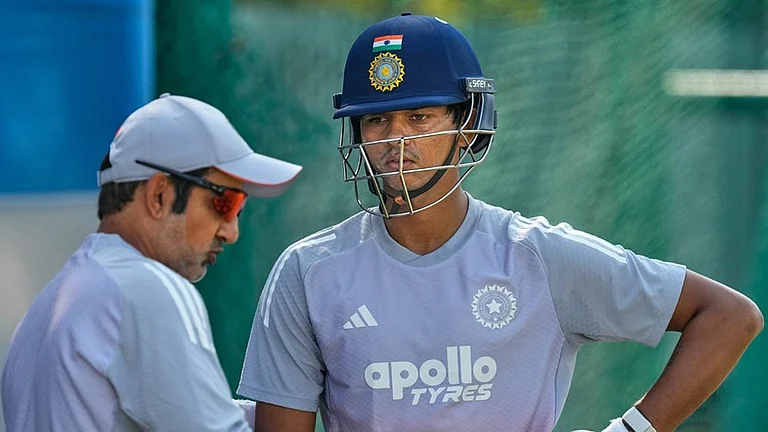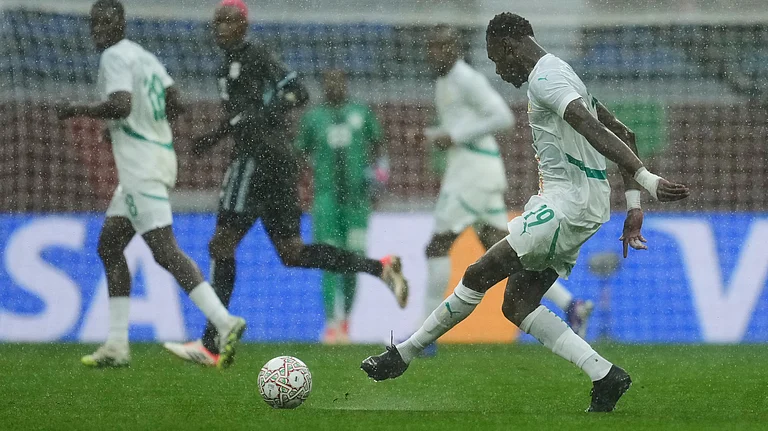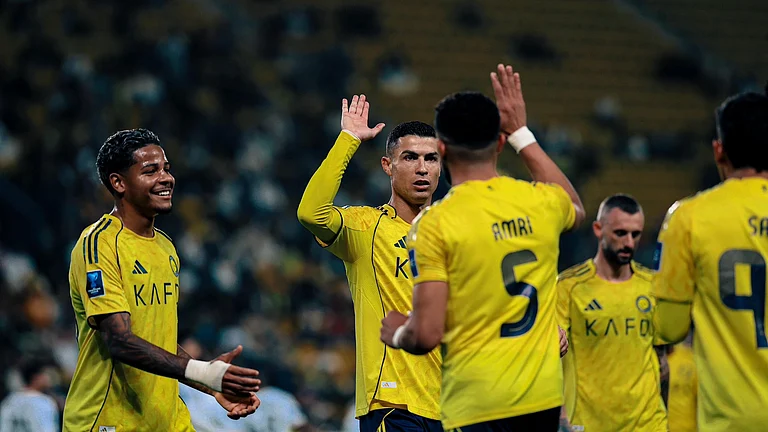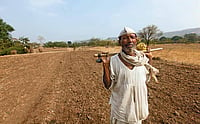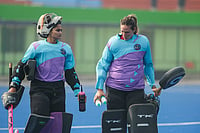“For lasting peace, and harmony, an edifice of justice must exist or be created. But do the paths of the peace-maker, the harbinger of harmony need to be distant or parallel from those who seek justice? Can they not, through concerted action, merge?”
Philosophical and tender moments like the above are few in this memoir by Teesta Setlavad, a lawyer, an activist and a journalist, but they are revelatory of the commitment of the activist towards her cause. Setalvad’s life is an interesting and inspiring journey of someone who has sought to walk the path of truth and justice through relentless advocacy, though this slim volume leaves you wanting to know more.
In this autobiography, she talks about her illustrious lineage and the influence it had on her at an early age. Her grandfather, M.C. Setalvad, was the first attorney-general of independent India and her father, whom she lovingly calls by his name Atul, a lawyer in Mumbai, has been a great support through her struggles. Though memories of her family and childhood make for a warm and effusive reading, personal life is not the focus of the book.
Setalvad is straight in her descriptions of her childhood and her college days. But all that comes later; up front are incidents and cases about the Godhra riots. It is much more concentrated on the raison d’etre for her and her husband Javed Anand, which primarily now involves the legal fight for justice for survivors of post-Godhra riots by prosecuting those responsible. The book is full of the cases she has fought for. Passages like: “It is the Zakia Jafri case that began with the complaint filed in 2006. This became too much for the system to handle. It was when we pushed on in this case from 2010 onwards that the attacks on me re-doubled...”, are aplenty, with attributions to newspaper articles, reports by commissions and their own publications, Communalism Combat or Sabrang India.
Setalvad doggedly provides the tedious details—investigations by different agencies, dates, case papers, reports and so on, to reiterate what Citizens for Justice and Peace, their NGO that provides legal aid for survivors of riots, including Zakia Jafri, wife of former MP Ehsan Jafri, who was killed during the Gujarat riots, have been going through. Critique of mainstream media also occupies her. She talks about the lack of investigation and scrutiny of existing power centres. She brings out nuggets like, “Vajpayee wanted to see improvements on the ground and, therefore, did what was very unlike him, interfered in the functioning of a state by offering direct advice on how to manage relief and rehabilitation. The Gujarat riots had bothered Vajpayee immensely and this letter is a proof of the anxiety he experienced for a major part of 2002. However, this has escaped the public discourse related to 2002.”
Not only does she put a spotlight on the media, but also on previous governments and other political parties such as the Congress. She writes: “Sloganeering at election time notwithstanding, India’s so-called secular political parties have shown a reluctance and ambivalence to identify with the victim-survivors’ struggle for justice.” She does not shy away from addressing the allegations against her—about the financial embezzlement of funds. She goes on to explain in detail what her NGO’s sources of funding are, what they are used for and how none of it is diverted for personal gain.
But what made Teesta this indefatigable crusader for public causes? It could be growing up in a family that upheld values of justice, or working in a newspaper, or covering riots early on career—the 1984 Bhiwandi riots and then, of course, the Bombay riots, and subsequent attempts of pinning the responsibility on politicians. But this memoir, if it can be called that as it’s predominantly about her work, rarely gives any insight on how the past two decades—spent in relentless pursuit of cases of riots and its aftermath—have affected her. Equally, what toll has the witchhunt against her had on her family?
Perhaps repetitions relating to the cases could have been edited better, or explained chronologically, instead of going back and forth. Certainly, it would have made more space for her personal life. But as she writes: “The law, public ethics, and family—these are the influences on me. Examples of commitment and integrity from my larger family have stood me in good stead, as the challenges life has thrown at me have demanded that I dig deep into these reserves.” The personal and the professional for her seem to be not two different realms.








